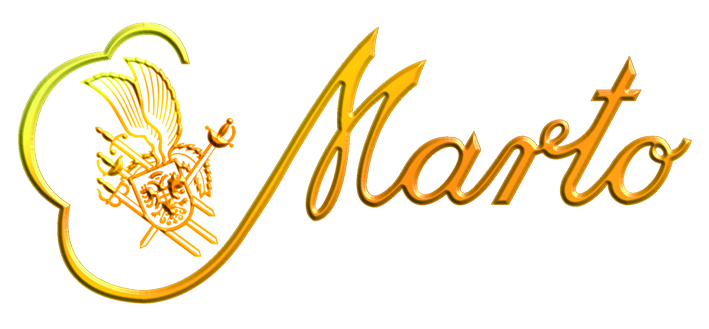Free shipping throughout Spain. International shipments to the whole world.
PERSONALIZED attention every day from 09:00 to 21:00
Iberian swords
Iberian swords
Two of the oldest and most relevant peoples of the Iberian Peninsula were the Celts and the Iberians. They were mainly farmers and ranchers, but also great warriors. They were known throughout the world for their great skill in forging.
These swords had long, narrow blades, with a shape that resembled a triangle with convex edges.
The blade of the Iberian swords was made of metal, generally iron, and had a single edge. The handle was usually made of wood or bone and was decorated with different materials, such as ivory or bronze. In some cases, the handle also had disc or crescent-shaped guards to protect the wearer's hand.
Iberian swords were mainly used by Iberian warriors in battle and were considered very effective weapons thanks to their elegant design and sharp blade.
Types of Iberian swords
Among the most used and well-known Iberian swords in the Iberian Peninsula we find the Falcata, the Celtic sword or Téne and the Hispaniensis.
Iberian falcata
The Falcata appears in the 5th century BC, there are three theories that could explain its origin. According to one of them, the origin of the Falcata is found in the knives of the Iron Age. According to another theory, the Falcata could be a version of a Greek weapon, similar to the kopis. The last theory suggests that the Falcata was a creation of the Iberian people, although this version is the least likely of all.
The term Falcata is not the original and proper name of this weapon, but was proposed by Fernando Fulgosio, a Spanish archaeologist and historian of the 20th century, and refers to the shape of the blade of the sword.
Characteristics of the Falcata
The Iberians placed great importance not only on the combat capabilities of their weapons, but also on their aesthetic appearance, so it can be said with certainty that Iberian swords like the Falcata were among the most spectacular swords in the world.
The blade of this Iberian sword is curved, asymmetrical and short (around 50 cm), usually single-edged. Its particular shape places the center of gravity of the sword in the middle of the blade, and also moves the cutting point closer to the tip. This increases the power of the cuts, without unbalancing the sword.
The blade almost always had some type of decoration, since forging was considered a type of art and not a simple craft. The most sophisticated decorations were made using damascene or shortcut techniques, with engravings filled with silver threads.
The one-handed grip is slightly offset to one side with respect to the axis of the Falcata. The hilt was not considered a simple functional part of the sword. Its shape resembles a hook, and sometimes it is joined to the blade by means of a rivet or a chain, thus forming a complete guard. The pommel of the Falcata was usually shaped like a horse or griffin head.
La Téne or the Celtic sword
The name of this sword derives from the culture from which it comes. La Téne was a Celtic culture from the Iron Age, which comes from the area of the Swiss Alps and spread throughout central Europe, mainly through eastern Spain and Galicia, as well as the British Isles and France.
The La Téne sword appears approximately in the 5th century BC. It was one of the swords most feared by the Romans, because of the horrific wounds it inflicted.
Characteristics of the La Téne sword
The Téne was a sword with a straight blade, double-edged and long, about 70-90 cm, which for this time was not common. It was a slashing sword, while in this period sharp weapons were used more.
The handle of the Celtic sword was quite particular due to its shape, which resembled a simplified human figure. In this, the pommel corresponded to the head of the figure, the handle was the body, the guard to protect the hand was formed from the legs.
Gladius Hispaniensis
The name of this Iberian sword was given by the Romans, when they encountered this powerful weapon, which caused both fear and fascination. Fascination that reached such a point that the Hispaniensis sword was copied, modified and became the most used weapon of the Roman army.
Characteristics of Hispaniensis Gladius
Hispaniensis was the evolution of the Celtic sword La Téne. It was much shorter than its predecessor, varying the length of its blade between 50 and 70 cm.
The handle in the form of grooves was carved from wood, bone or ivory. The size was practically anatomical to improve its grip. The same function was also played by the pommel of the Hispaniensis, which had a spherical shape. The handguard was made of wood, but it had a piece of brass placed on top, to prevent an enemy sword from penetrating it.
In this category we offer you to discover a careful and wide selection of the most famous Iberian swords.
Last reviews
By Scott B. on 20 July 2021 :
By Ty G. on 27 May 2021 :
Translator









